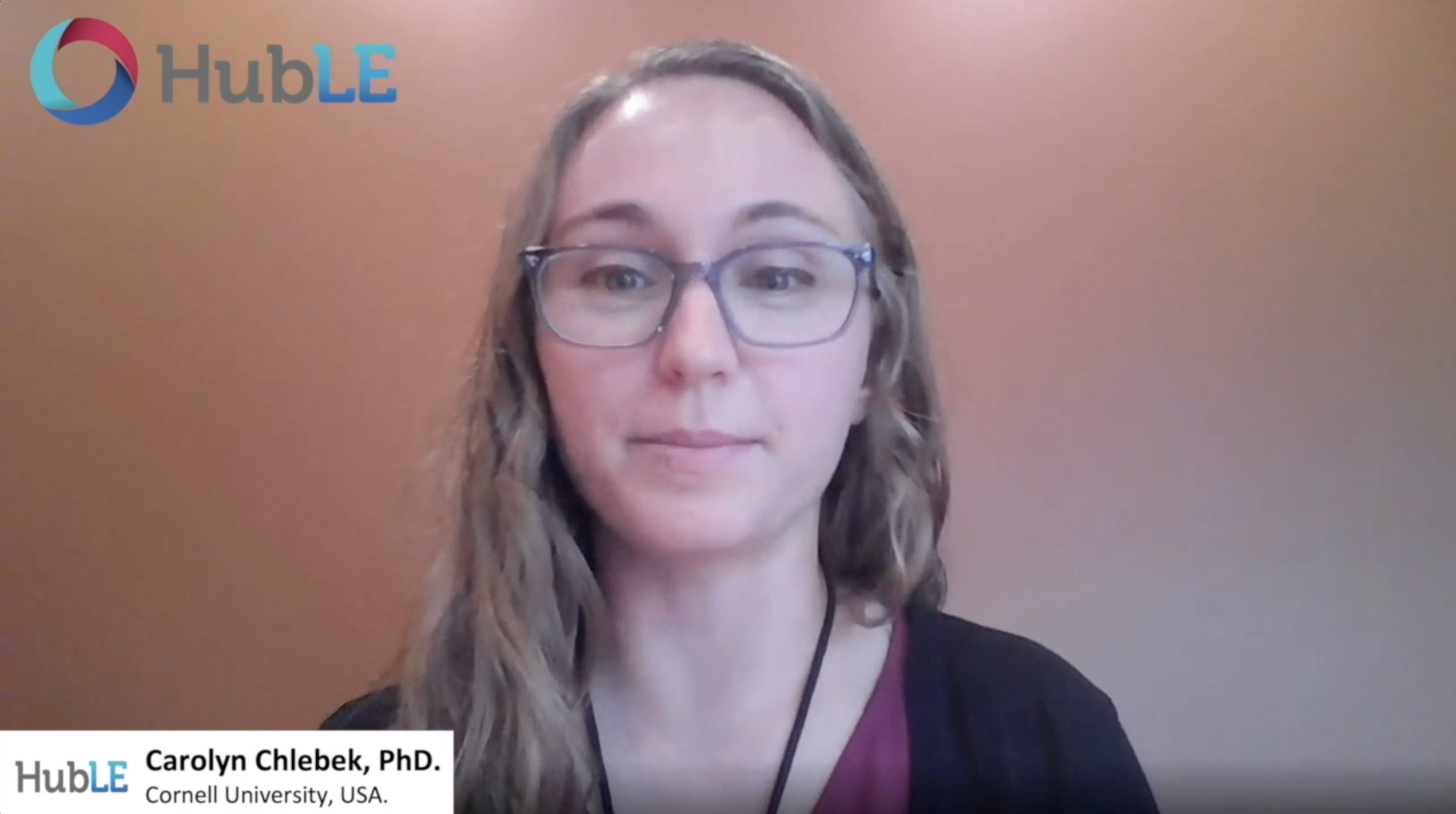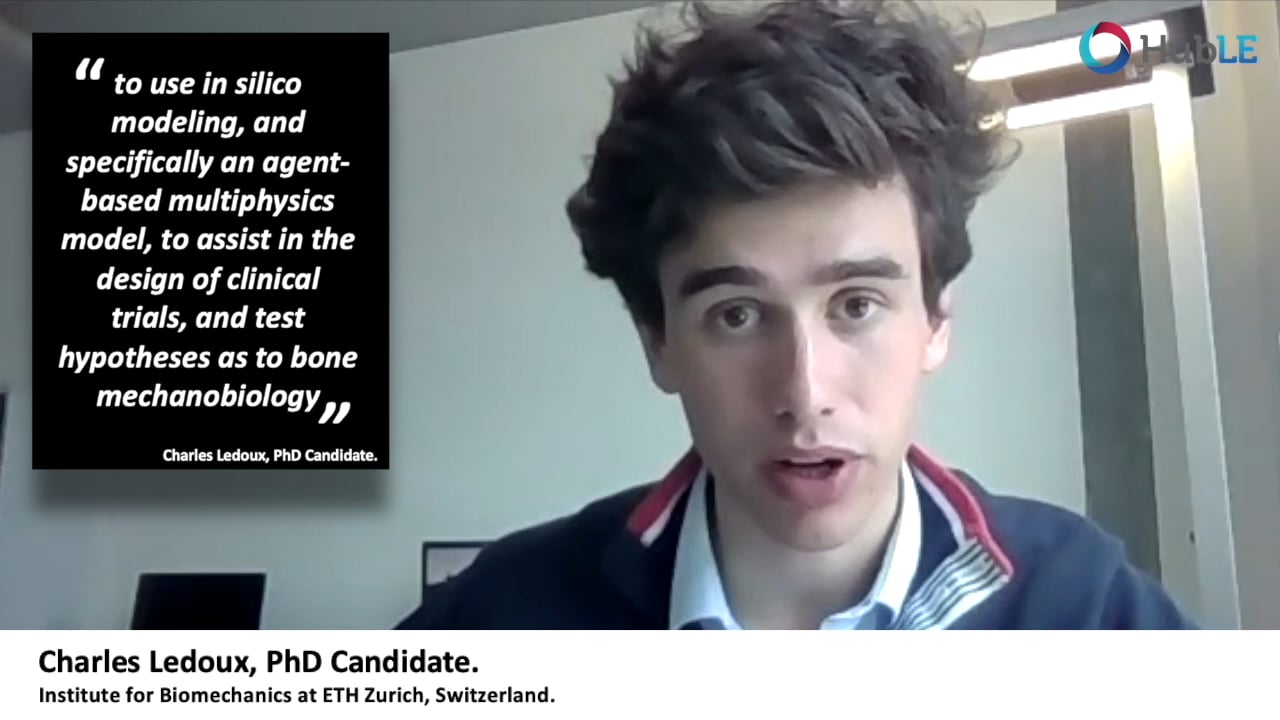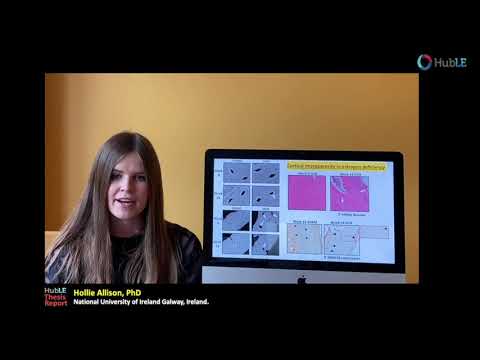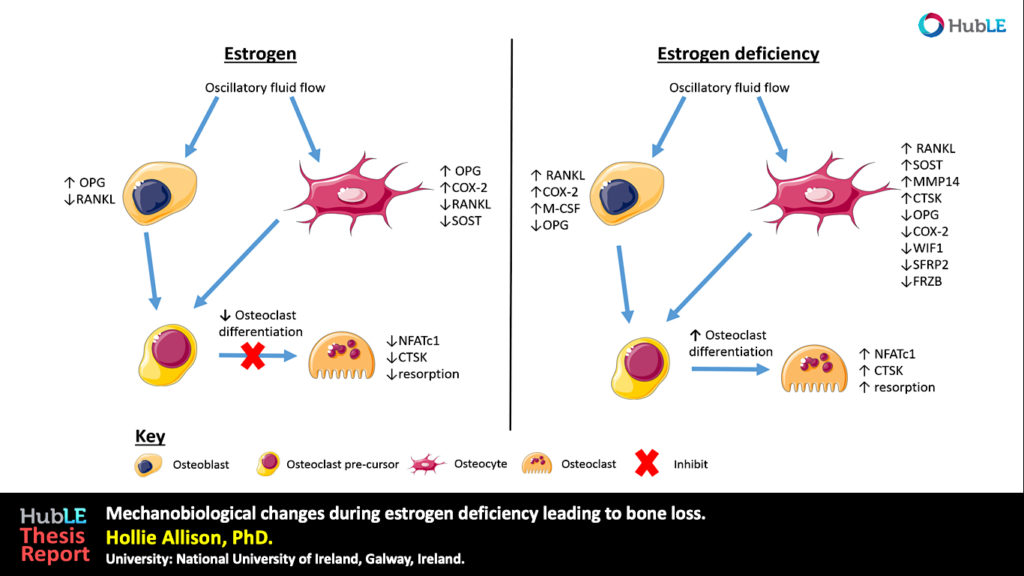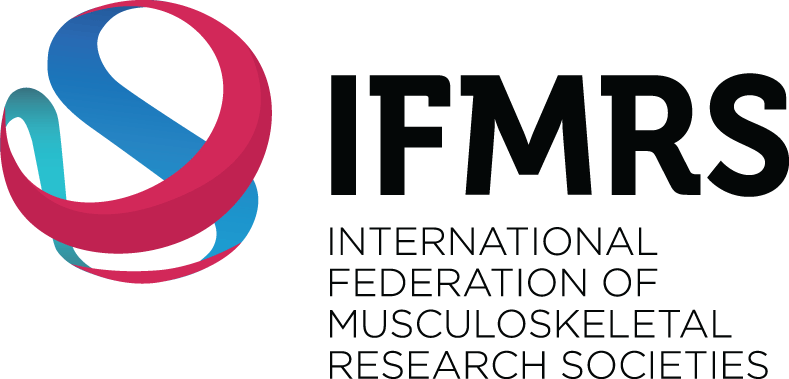mechanobiology
Molecular Identification of Spatially Distinct Anabolic Responses to Mechanical Loading in Murine Cortical Bone

Meinig School of Biomedical Engineering, Cornell University, Ithaca, NY, USA
Osteoporosis is a bone disease that causes decreased bone quality and strength, resulting in increased fracture risk. Currently, anabolic, bone-forming therapies are limited, highlighting the need for novel therapeutic options. Mechanical loading of the skeleton produces anabolic tissue responses and increases bone mass clinically and in preclinical models. This anabolic tissue response is driven by a cascade of osteogenic signaling pathways, few of which have been identified, suggesting that more remain to be discovered. Transcriptomic profiles provide insight into biological pathways activated by mechanical loading. Tibial compression produces varying deformation magnitudes along the axial direction of the cortex, inducing the highest strains at the mid-diaphysis and the lowest at the metaphyseal shell. Anabolic pathways in the cortical bone that are differentially activated based on strain magnitude may identify promising novel therapeutic targets and have not been explored in previous transcriptomic studies.
In our study published in JBMR (2022), we sought to elucidate the role of mechanical strain magnitude on the transcriptional response of cortical bone during loading. The left limb of female mice was loaded in compression, and the right limb served as the contralateral control. Gene expression was evaluated at early time points following a single bout of loading (1 h, 3 h, and 24 h) or at 1 wk following daily bouts of loading. Taking advantage of the natural gradient of strain induced by cyclic tibial compression, we isolated RNA from three strain regions in the cortex: metaphyseal cortical shell (low strain), proximal diaphysis (medium strain), and mid-diaphysis (high strain). Differential gene expression was analyzed between loaded and control limbs, correlated with enrichment of biological processes, and validated with in situ hybridization. We found that transcriptomic responses correlated with tissue strain magnitude; at each time point, the mid-diaphysis (highest strain) had the most differentially-expressed genes and the metaphyseal cortical shell (lowest strain) had the least. Similarly, biological processes regulating bone formation and turnover increased earlier and to the greatest extent at the mid-diaphysis.
Higher strain induced greater levels of osteocyte-associated genes (Sost, Mepe), whereas expression was lower in osteoclast-related genes (Ctsk, Acp5). The differentially-expressed genes and biological processes were unique across all three tissue segments. Finally, the distinct transcriptomic responses recorded at each time point following loading highlight the complex cascade of osteogenic signaling induced by loading.
In summary, cortical bone responded to mechanical loading as a function of strain magnitude across early and late time points. In cortical bone, higher strain magnitudes elicited larger, earlier anabolic responses in cortical bone whereas low strain magnitude was correlated with a diminished response. This research highlights the importance of spatial evaluation of transcriptional profiles. Future work using bulk RNA sequencing should distinguish the cortical segment by axial location or mechanical strain experienced. Finally, this work enhanced our understanding of the role of mechanical strain in the transcriptomic response of cortical bone to loading, thereby improving the ability to create effective targeted therapeutics.
This work was conducted by Carolyn Chlebek, Jacob Moore, F. Patrick Ross, and Marjolein van der Meulen. Funding for this research was provided by NSF Grant #1636012, NSF GRFP (DGE-1650441), and GAANN P200A150273 J. The authors would like to thank Dr. Adrian McNairn and Dr. John Schimenti for their experimental assistance and for providing essential training that enabled this research. For assistance with analysis, the authors acknowledge the Cornell University Bioinformatics Facility and specifically Dr. Qi Sun. Danielle Jorgenson also assisted in data analysis and sorting. The authors also acknowledge the Cornell CARE staff. Transcriptomic data presented in this study are available in Gene Expression Omnibus, Accession GSE210827.

